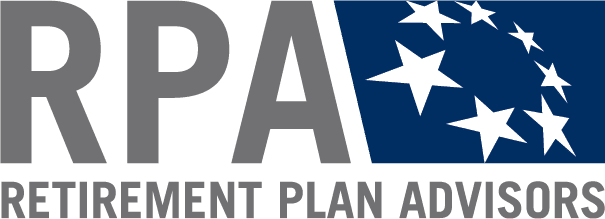Participant Services
Help your employees achieve a timely, comfortable retirement.
The best low-cost investment platform in the world doesn’t help a plan participant if they’re not saving enough or investing appropriately.
Research shows that most people significantly underperform in the market when choosing their own investments, and that inertia is a major obstacle in achieving retirement readiness. Employees need help building long-term financial security, taking action to allocate limited resources and balance competing priorities.
Your RPA Financial Advisor can help.
LEVERAGE RPA’S COMPREHENSIVE PARTICIPANT SERVICES.
We focus on employee retirement readiness, ensuring that your employees are fully informed about their workplace retirement benefits and have access to the tools, services, and support needed to successfully prepare for a financially secure retirement.
What truly differentiates our model is one-on-one personal service combined with independent, customized investment advice.
We provide:
- Proactive employee outreach
- Service visits covering all employee shifts and locations
- New enrollments
- Educational workshops covering key financial wellness topics
- One-on-one retirement counseling sessions, including personalized investment advice
Our Promise To You.
We never forget the person across the table is depending on us to protect their hard-earned retirement. RPA stands with you and your employees, in a fiduciary capacity, year after year.
Together, let’s positively impact your employees’ investment behavior and financial future.
Our Promise To You.
We never forget the person across the table is depending on us to protect their hard-earned retirement. RPA stands with you and your employees, in a fiduciary capacity, year after year.
Together, let’s positively impact your employees’ investment behavior and financial future.
